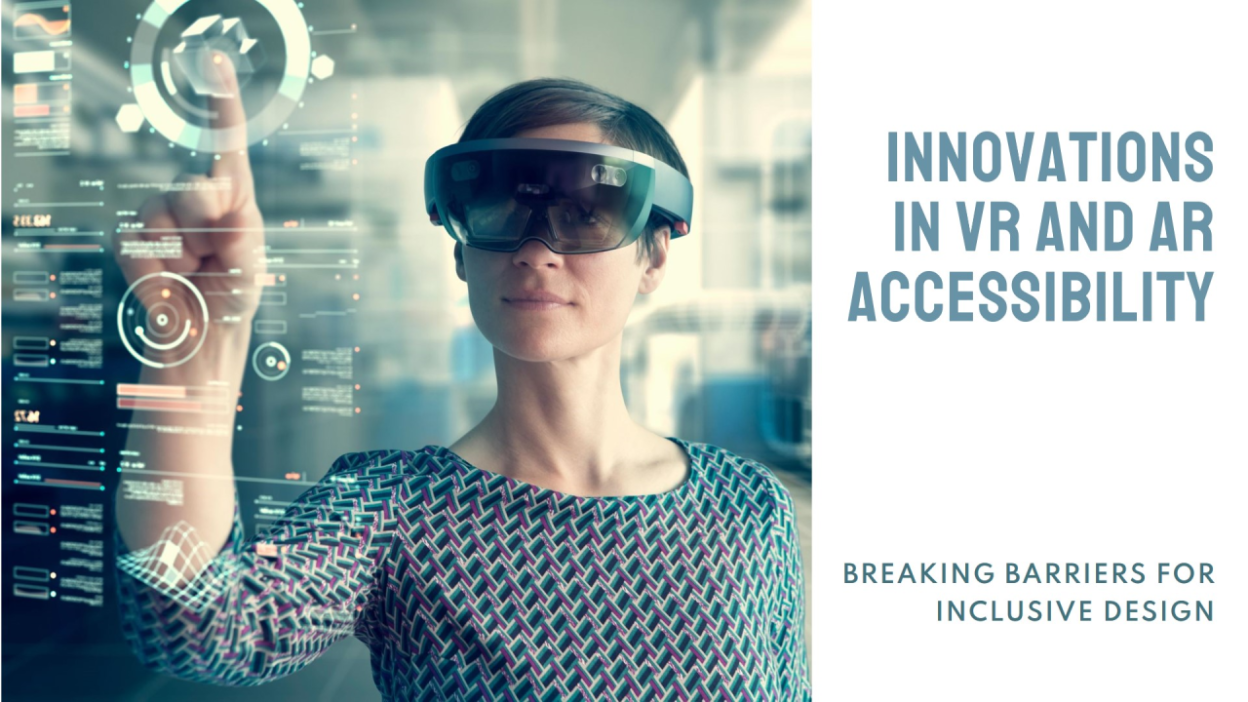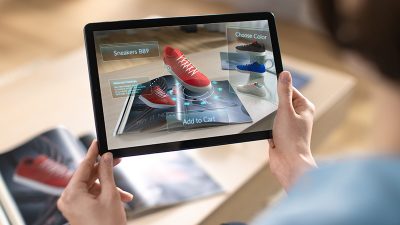Augmented reality continues to transform how we interact with digital information. As AR becomes more mainstream, the focus has shifted toward creating experiences that everyone can enjoy. Let’s explore how thoughtful approaches to accessibility, interface design, and navigation are shaping more inclusive AR experiences.
Why Accessibility Matters in Augmented Reality
Augmented reality presents unique opportunities to assist people with disabilities, yet paradoxically can create new barriers if not designed thoughtfully. Traditional interfaces relied heavily on visual and motor skills, potentially excluding significant portions of users.
The most forward-thinking AR developers now incorporate multi-sensory feedback systems. Audio cues complement visual elements, making experiences accessible to those with limited vision. Haptic feedback provides tactile information that enhances immersion for all users while being essential for others.
Voice commands have revolutionized AR accessibility. Users who struggle with traditional gesture controls can navigate complex AR environments through natural speech, opening these experiences to people with mobility limitations.
Text-to-speech functionality allows AR applications to read text aloud, benefiting users with reading difficulties or visual impairments. This simple addition dramatically expands who can benefit from informational AR overlays.
Color contrast and customizable font sizes may seem basic, but their implementation in AR interfaces ensures that information remains legible across diverse lighting conditions and for users with varying visual abilities.
Intuitive Interface Design: Making AR Feel Natural
The best AR interfaces almost disappear from conscious attention. They become an extension of how we naturally interact with our environment, rather than requiring users to learn complex new systems.
Contextual interfaces adjust based on the user’s situation. An AR cooking assistant might display different information when you’re at the grocery store versus standing at your kitchen counter. This contextual awareness reduces cognitive load and makes the experience feel remarkably intuitive.
Gaze tracking allows interfaces to respond to what catches the user’s attention. When you look at a museum exhibit, information appears without requiring any explicit command. This creates a mind-reading-like experience that feels magical yet natural.
Gesture recognition continues to evolve beyond simple swipes and taps. Modern AR systems recognize nuanced hand movements that mirror how we interact with physical objects, creating a seamless bridge between digital and physical manipulation.
The most successful AR interfaces incorporate progressive disclosure—presenting only essential information initially, with deeper details available upon request. This approach prevents overwhelming users while still providing rich functionality when needed. Check out our comprehensive guide to progressive disclosure for practical implementation tips.
Navigation: Moving Through Augmented Spaces
Spatial navigation presents unique challenges in augmented reality. Users must simultaneously orient themselves in physical space while interacting with digital elements that may not follow physical rules.
Spatial anchoring solves this challenge by attaching digital content to specific physical locations or objects. When digital information stays consistently positioned relative to the real world, users can build reliable mental maps of the augmented environment.
Clear wayfinding systems help users understand where AR content exists around them. Subtle indicators like directional arrows or miniature maps guide users to nearby points of interest without requiring them to sweep their device around randomly to discover content.
Proximity alerts notify users when they approach areas with relevant AR content. This proactive approach prevents users from missing valuable information and creates a more cohesive experience across physical spaces.
Personalized pathways adapt navigation based on user preferences and needs. An AR museum guide might prioritize wheelchair-accessible routes for users who need them, while highlighting different exhibits based on expressed interests.
Testing with Diverse Users
The most effective AR experiences emerge from extensive testing with users representing different abilities, backgrounds, and familiarity levels with technology. This diverse feedback reveals assumptions and oversights that designers might otherwise miss.
Participatory design approaches that include people with disabilities from the beginning of the development process result in more universally usable products. Rather than retrofitting accessibility features, these considerations shape the fundamental design.
User testing reveals unexpected insights about how people actually interact with AR interfaces. Someone with arthritis might approach gesture controls differently, while neurodivergent users might process spatial information in unique ways.
Regulatory Considerations and Standards
Emerging standards like the XR Accessibility User Requirements (XAUR) provide valuable guidelines for creating accessible AR experiences. These frameworks help developers address accessibility systematically rather than through ad-hoc approaches.
Regulatory requirements around digital accessibility increasingly apply to augmented reality experiences, particularly for educational, governmental, or essential services. Proactive compliance protects organizations while serving more users effectively.
The Business Case for Inclusive AR
Beyond ethical imperatives, inclusive AR design expands market reach. The global community of people with disabilities represents over a billion potential users with significant spending power.
Accessible designs frequently benefit all users, not just those with identified disabilities. Features like voice control, originally developed for accessibility, now represent preferred interaction methods for many users across contexts.
Looking Forward
The future of AR interfaces will likely incorporate more adaptive technologies that automatically adjust to individual user needs. Artificial intelligence will help identify user preferences and limitations, tailoring experiences without requiring manual configuration.
As AR moves from smartphones to wearable devices, the opportunities for seamless, accessible experiences will multiply. Wearables eliminate many physical manipulation requirements while potentially offering more natural interaction models.
The most exciting AR applications will be those that enhance human capabilities rather than demanding adaptation to technology. By prioritizing accessibility, thoughtful interface design, and intuitive navigation, we’re moving toward AR experiences that truly work for everyone.





